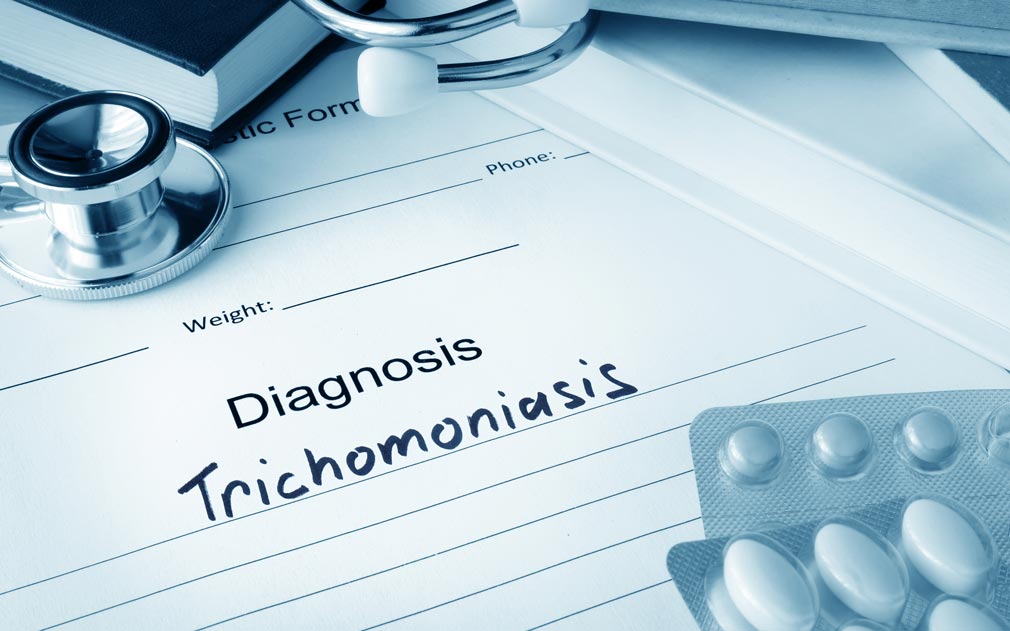Advertisment
It’s the most common STI you’ve never heard of. Will this newly developed drug provide the cure?

Researchers at Tulane University are leading a groundbreaking study to seek a more effective treatment for trichomoniasis, an infection that, despite being the most common curable sexually transmitted infection (STI) worldwide, continues to fly under the radar.
The five-year, multi-center study is funded by a $9.2 million National Institutes of Health grant and will compare the effectiveness of a recently approved medication, secnidazole, against the current standard treatment, metronidazole, using a 1,200-person cohort across Louisiana, Alabama and Florida. Despite decades of use as the primary trichomoniasis medication, treatment by metronidazole continues to have a 10% breakthrough rate.
“More than 10 percent of people who take the recommended treatment still have it. That is just unacceptable. We need better options” said Dr. Patty Kissinger, professor of epidemiology at Tulane School of Public Health and Tropical Medicine. “The problem is trichomoniasis is the most common treatable STI, but there are often no symptoms, and the CDC has not recommended screening among asymptomatic people, so the public doesn’t know about it.”
Trichomoniasis, which infects about 156 million people annually worldwide, is caused by trichomonas vaginalis, a parasite that thrives in the genital tract of both men and women and causes inflammation. Those infected have a 1.5 times higher susceptibility to HIV. For expecting mothers, it can cause pre-term birth and increase risk for perinatal morbidity. African American women are also four times more likely to have trichomoniasis.
“Trichomoniasis affects millions but remains a highly neglected STI,” Kissinger said. “We’re hoping this study leads to better treatment options and increased awareness that we hope will encourage more screening.”
Because of the lack of inclusion in STI screenings and scant symptoms, those infected can go years before realizing they have trichomoniasis.
This is the third in a series of studies funded by the NIH to refine treatment for trichomoniasis. This is the first study in the series to include men in its cohort and the first-ever study to compare the effectiveness of secnidazole with metronidazole.
Questions remain as to why metronidazole continues to have a high breakthrough rate. The prior NIH studies found that metronidazole is most effective when administered in multiple doses, but the breakthrough rate may be attributed to patients missing doses or having sex with partners before treatment is completed, creating a cycle of reinfection.
The secnidazole treatment would only require one dose, although some concerns remain about the cost of the medication, Kissinger said.
Trichomoniasis affects more than 3 million people in the United States and is particularly prevalent in the Deep South where the study is being conducted.
“We need better treatments for this STI,” Kissinger said. “If this is successful, we could control it and encourage more screening that could reduce perinatal morbidity and maybe even reduce the chances of some people getting HIV.”





